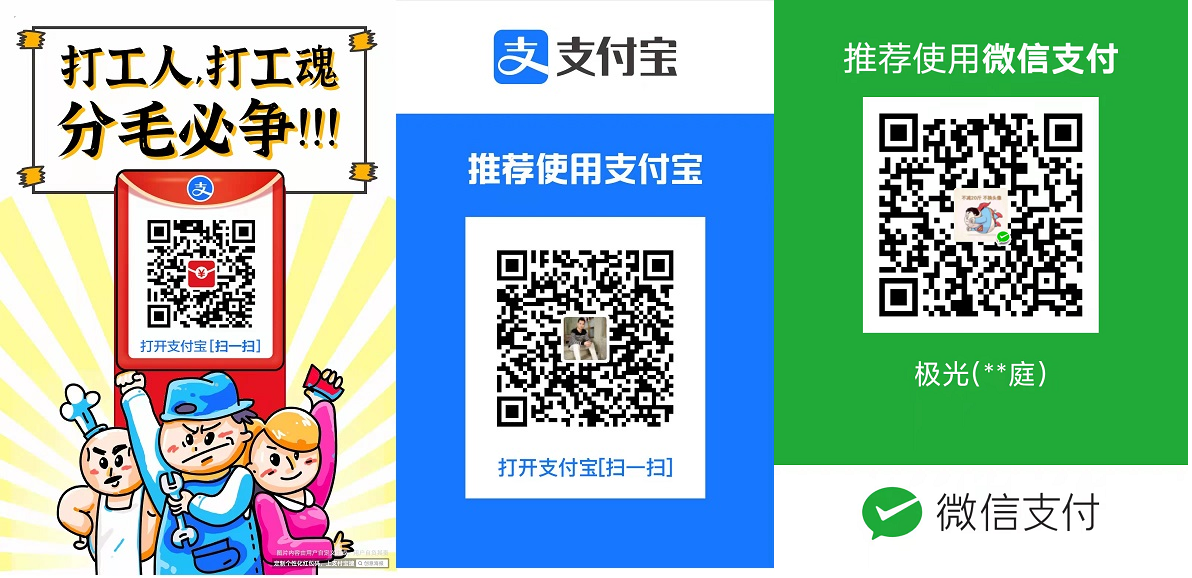烂翻译系列之学习领域驱动设计——第三部分:在实践中应用领域驱动设计
In Parts I and II, we discussed domain-driven design tools for making strategic and tactical design decisions. In this part of the book, we move from theory to practice. You will learn to apply domain-driven design in real-life projects.
在第一部分和第二部分中,我们讨论了用于制定战略和战术设计决策的领域驱动设计工具。在本书的这一部分,我们从理论转向实践。你将学会在实际项目中应用领域驱动设计。
- Chapter 10 merges what we discussed about strategic and tactical design into simple rules of thumb that streamline the process of making design decisions. You will learn to quickly identify patterns that match the business domain’s complexity and needs. 第10章将我们讨论的关于战略和战术设计的内容整合成简单的经验法则,这些法则简化了设计决策的制定过程。你将学习如何快速识别与业务领域的复杂性和需求相匹配的模式。
- In Chapter 11, we will look at domain-driven design from a different perspective. Designing a great solution is important, but not enough. We have to keep it in shape as the project evolves through time. In this chapter, you will learn to apply domain-driven design tools to maintain and evolve software design decisions over time. 在第11章中,我们将从另一个角度看待领域驱动设计。设计一个出色的解决方案很重要,但还不够。随着项目的不断发展,我们必须保持其形态。在这一章中,你将学习如何应用领域驱动设计工具来随时间的推移维护和演进软件设计决策。
- Chapter 12 introduces EventStorming: a hands-on activity that streamlines the process of discovering domain knowledge and building a ubiquitous language. 第12章介绍了EventStorming:一项实践活动,它简化了发现领域知识和构建通用语言的过程。
- Chapter 13 concludes Part III with a selection of tips and tricks for “gently” introducing and incorporating domain-driven design patterns and practices in brownfield projects—the kinds of projects we work on the most. 第13章以一系列提示和技巧结束了第三部分,这些提示和技巧用于在遗留项目中“温和地”引入和融入领域驱动设计模式和实践——这是我们最常从事的项目类型。
作者:菜鸟吊思
本文版权归作者所有,欢迎转载,但未经作者同意必须保留此段声明,且在文章页面明显位置给出原文连接,否则保留追究法律责任的权利.
施主您好,贫僧接受供养,施主一粒米,大如须弥山!南无阿弥陀佛!
您学习别人出学费,只需先扫红包码,后扫支付码!




 浙公网安备 33010602011771号
浙公网安备 33010602011771号